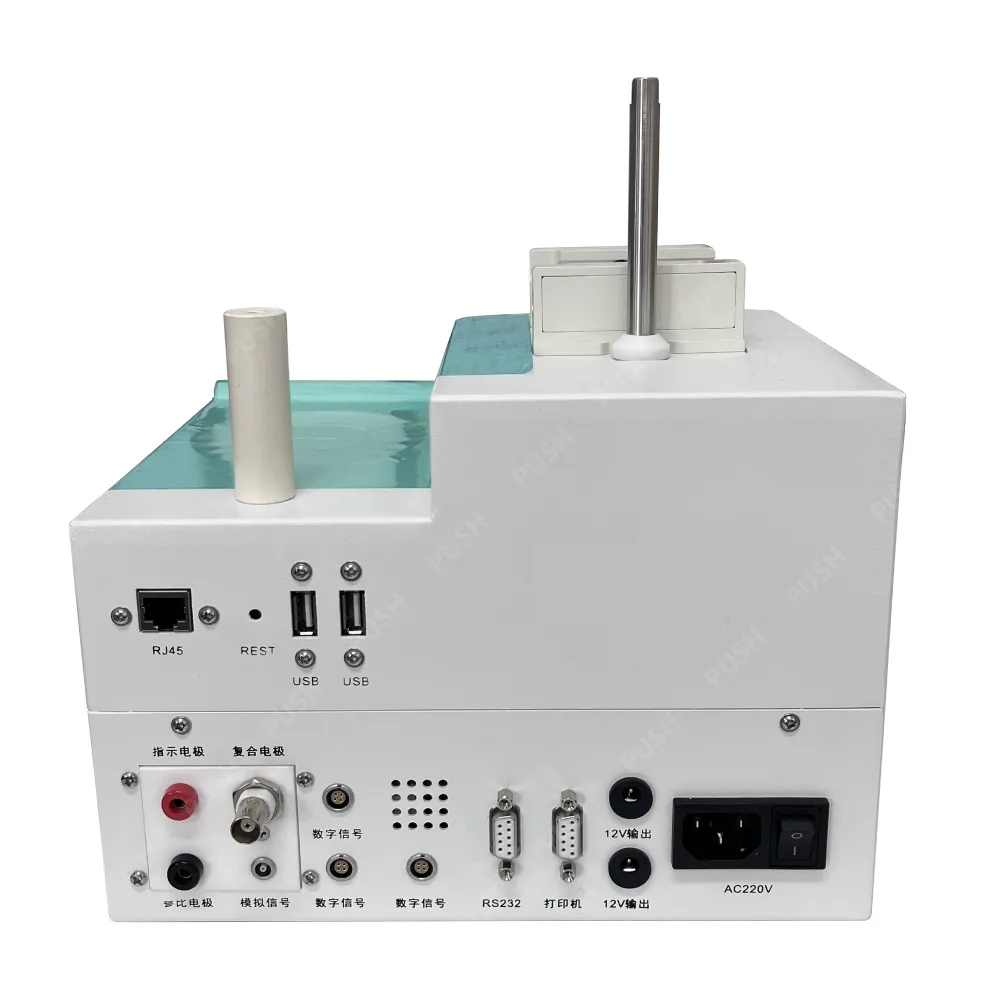 English
English



-
 Afrikaans
Afrikaans -
 Albanian
Albanian -
 Amharic
Amharic -
 Arabic
Arabic -
 Armenian
Armenian -
 Azerbaijani
Azerbaijani -
 Basque
Basque -
 Belarusian
Belarusian -
 Bengali
Bengali -
 Bosnian
Bosnian -
 Bulgarian
Bulgarian -
 Catalan
Catalan -
 Cebuano
Cebuano -
 China
China -
 China (Taiwan)
China (Taiwan) -
 Corsican
Corsican -
 Croatian
Croatian -
 Czech
Czech -
 Danish
Danish -
 Dutch
Dutch -
 English
English -
 Esperanto
Esperanto -
 Estonian
Estonian -
 Finnish
Finnish -
 French
French -
 Frisian
Frisian -
 Galician
Galician -
 Georgian
Georgian -
 German
German -
 Greek
Greek -
 Gujarati
Gujarati -
 Haitian Creole
Haitian Creole -
 hausa
hausa -
 hawaiian
hawaiian -
 Hebrew
Hebrew -
 Hindi
Hindi -
 Miao
Miao -
 Hungarian
Hungarian -
 Icelandic
Icelandic -
 igbo
igbo -
 Indonesian
Indonesian -
 irish
irish -
 Italian
Italian -
 Japanese
Japanese -
 Javanese
Javanese -
 Kannada
Kannada -
 kazakh
kazakh -
 Khmer
Khmer -
 Rwandese
Rwandese -
 Korean
Korean -
 Kurdish
Kurdish -
 Kyrgyz
Kyrgyz -
 Lao
Lao -
 Latin
Latin -
 Latvian
Latvian -
 Lithuanian
Lithuanian -
 Luxembourgish
Luxembourgish -
 Macedonian
Macedonian -
 Malgashi
Malgashi -
 Malay
Malay -
 Malayalam
Malayalam -
 Maltese
Maltese -
 Maori
Maori -
 Marathi
Marathi -
 Mongolian
Mongolian -
 Myanmar
Myanmar -
 Nepali
Nepali -
 Norwegian
Norwegian -
 Norwegian
Norwegian -
 Occitan
Occitan -
 Pashto
Pashto -
 Persian
Persian -
 Polish
Polish -
 Portuguese
Portuguese -
 Punjabi
Punjabi -
 Romanian
Romanian -
 Russian
Russian -
 Samoan
Samoan -
 Scottish Gaelic
Scottish Gaelic -
 Serbian
Serbian -
 Sesotho
Sesotho -
 Shona
Shona -
 Sindhi
Sindhi -
 Sinhala
Sinhala -
 Slovak
Slovak -
 Slovenian
Slovenian -
 Somali
Somali -
 Spanish
Spanish -
 Sundanese
Sundanese -
 Swahili
Swahili -
 Swedish
Swedish -
 Tagalog
Tagalog -
 Tajik
Tajik -
 Tamil
Tamil -
 Tatar
Tatar -
 Telugu
Telugu -
 Thai
Thai -
 Turkish
Turkish -
 Turkmen
Turkmen -
 Ukrainian
Ukrainian -
 Urdu
Urdu -
 Uighur
Uighur -
 Uzbek
Uzbek -
 Vietnamese
Vietnamese -
 Welsh
Welsh -
 Bantu
Bantu -
 Yiddish
Yiddish -
 Yoruba
Yoruba -
 Zulu
Zulu
transformer insulation resistance test
Understanding Transformer Insulation Resistance Testing
Transformer insulation resistance testing is a critical procedure for ensuring the reliability and longevity of transformers. This testing is essential for evaluating the condition and integrity of insulation materials used in transformers, as they are integral to the safe and efficient operation of electrical systems. In this article, we will explore the importance of insulation resistance testing, the methods involved, and the significance of conducting regular tests.
At its core, insulation resistance testing measures the resistance of the insulation between conductors and the ground. High insulation resistance indicates good insulation condition, whereas low resistance can suggest potential insulation breakdown or degradation. Various factors can contribute to insulation failure, including aging, moisture ingress, contamination, and mechanical stress. Therefore, maintaining good insulation resistance is paramount for preventing electrical failures, which can lead to costly outages or equipment damage.
Why Insulation Resistance Testing is Important
Insulation resistance testing plays a crucial role in predictive maintenance strategies. By regularly assessing insulation resistance, operators can identify early signs of deterioration and quantify insulation health. This proactive approach allows maintenance teams to address issues before they escalate into catastrophic failures, ultimately enhancing system reliability and reducing downtime.
Furthermore, transformer insulation resistance testing is often mandated by industry standards and regulations. Organizations such as the International Electrotechnical Commission (IEC) and the Institute of Electrical and Electronics Engineers (IEEE) outline guidelines and recommended practices for testing. Compliance with these standards not only ensures safety but also helps maintain operational efficiency.
Methods of Insulation Resistance Testing
There are several methods to perform insulation resistance testing on transformers. The most common technique involves the use of a megohmmeter, also known as an insulation resistance tester. This device applies a high DC voltage (typically 250V, 500V, or 1000V) across the insulation to measure resistance.
transformer insulation resistance test

The procedure often includes the following steps
1. Preparation Ensure the transformer is de-energized and isolated from the power source. All connected equipment should be disconnected to avoid interference during the test.
2. Testing Connect the megohmmeter leads to the transformer terminals and the ground. The tester will apply a voltage and provide a resistance reading in megohms (MΩ).
3. Interpretation Compare the measured values to the manufacturer's specifications or industry standards. A common threshold for acceptable insulation resistance is 1 MΩ for every 1 kV of operating voltage, but this may vary depending on specific applications.
4. Reporting Document all readings, along with environmental conditions and any anomalies observed during testing. This documentation will be crucial for trend analysis and future assessments.
Conclusion
In conclusion, transformer insulation resistance testing is an indispensable aspect of transformer maintenance. Regular testing not only helps identify potential problems before they become significant threats but also ensures compliance with safety standards. By implementing systematic insulation resistance tests, organizations can safeguard their investments in electrical infrastructure, enhance system reliability, and minimize operational risks. The importance of this testing cannot be overstated in an era where reliable electrical supply is fundamental to both industrial and societal progress.
-
Testing Equipment Industry Sees Major Advancements in 2025: Smart & Precision Technologies Lead the WayNewsJun.06,2025
-
Applications of Direct Current Generators in Renewable Energy SystemsNewsJun.05,2025
-
Hipot Tester Calibration and Accuracy GuidelinesNewsJun.05,2025
-
Digital Circuit Breaker Analyzer Features and BenefitsNewsJun.05,2025
-
Benefits of Real-Time Power Quality Monitoring Devices for Industrial EfficiencyNewsJun.05,2025
-
Earth Fault Loop Testing in High-Rise Building Electrical SystemsNewsJun.05,2025



